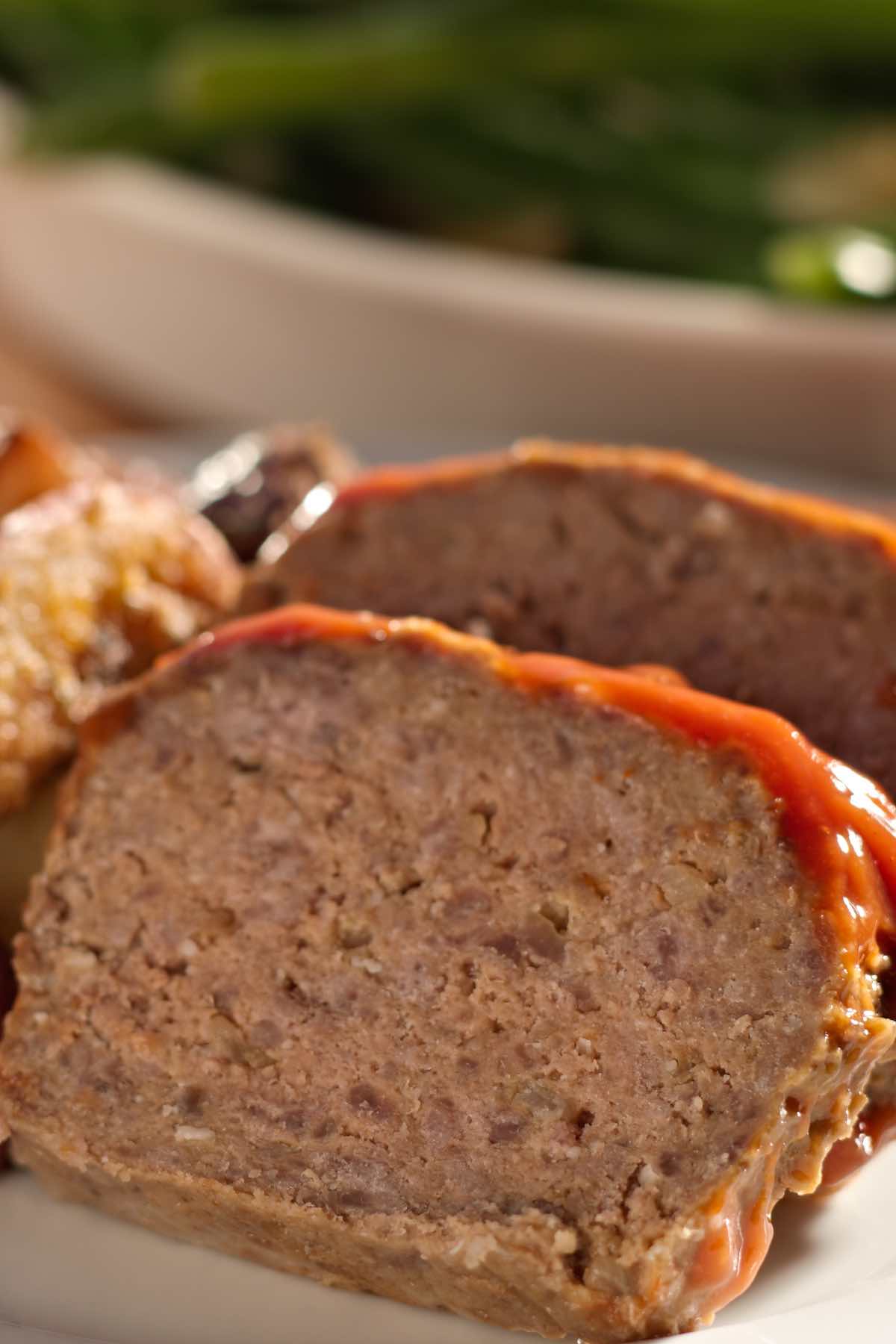Liver pudding is a unique dish that has captured the hearts and palates of many around the world. This delicacy, made primarily from liver and various seasonings, offers an array of flavors and nutritional benefits. In this article, we will explore the history, preparation methods, nutritional content, and health benefits of liver pudding. Whether you're a seasoned chef or a curious foodie, this guide will provide you with all the information you need to appreciate this culinary delight.
The origins of liver pudding can be traced back centuries, with roots in various cultures that have utilized liver as a staple ingredient. Despite its humble beginnings, liver pudding has evolved into a gourmet dish, often served in upscale restaurants or enjoyed in homes as a comfort food. This article aims to not only highlight the delightful taste of liver pudding but also to educate readers on its health benefits and preparation techniques.
Throughout this comprehensive guide, we will delve into different types of liver pudding, how to prepare it, and tips for enhancing its flavors. By the end of this article, you will have a deep appreciation for liver pudding and may even be inspired to try making it yourself!
Table of Contents
- 1. History of Liver Pudding
- 2. Types of Liver Pudding
- 3. Key Ingredients
- 4. Preparation Methods
- 5. Nutritional Benefits
- 6. Health Benefits of Liver Pudding
- 7. Serving Suggestions
- 8. Conclusion
1. History of Liver Pudding
Liver pudding has a rich history that dates back to ancient times. Many cultures have discovered the nutritional value of liver and have incorporated it into their diets. The dish is often associated with rustic cooking and has been a staple in various regions, including the United Kingdom and Southern United States.
In the UK, liver pudding, or "liver sausage," has been enjoyed for centuries, often served as a breakfast item or a component of traditional meals. Meanwhile, in the Southern United States, it has been embraced as part of the culinary heritage, often found in local diners and during family gatherings.
2. Types of Liver Pudding
There are several variations of liver pudding, each reflecting the culinary traditions of different regions. Here are a few popular types:
- Traditional Liver Pudding: Made primarily from pork liver and spices, often enjoyed in slices.
- Chicken Liver Pudding: A lighter version made from chicken liver, known for its mild flavor.
- Beef Liver Pudding: Richer in taste, this variation uses beef liver and is often seasoned with herbs.
- Spiced Liver Pudding: Includes additional spices and herbs for a more robust flavor profile.
3. Key Ingredients
The primary ingredient in liver pudding is, of course, liver. However, several other components contribute to its signature taste and texture:
- Liver: The main ingredient, which can be pork, chicken, or beef liver.
- Fat: Often added to achieve a creamy texture, such as pork fat or butter.
- Spices: Common spices include salt, pepper, thyme, and nutmeg.
- Onions and Garlic: These aromatics enhance the flavor profile.
- Breadcrumbs or Oats: Used to bind the mixture and provide texture.
4. Preparation Methods
Preparing liver pudding is a straightforward process that can be done at home. Here’s a simple method to create your own liver pudding:
Ingredients:
- 1 pound of liver (pork, chicken, or beef)
- 1 cup of chopped onions
- 2 cloves of garlic, minced
- 1/2 cup of breadcrumbs or oats
- 1/4 cup of fat (pork fat or butter)
- Salt, pepper, and spices to taste
Instructions:
- Preheat your oven to 350°F (175°C).
- Cook the onions and garlic in a skillet until soft.
- In a food processor, combine the cooked onions, liver, fat, breadcrumbs, and spices. Blend until smooth.
- Transfer the mixture to a greased baking dish.
- Bake for 30-40 minutes until firm and cooked through.
5. Nutritional Benefits
Liver pudding is not only delicious but also packed with nutrients. Here are some key nutritional benefits associated with this dish:
- High in Protein: Liver pudding is an excellent source of protein, essential for muscle repair and growth.
- Rich in Vitamins: Liver is a powerhouse of vitamins A, B12, and folate, crucial for maintaining overall health.
- Mineral Content: Contains important minerals such as iron, zinc, and copper, which support various bodily functions.
6. Health Benefits of Liver Pudding
Incorporating liver pudding into your diet can lead to numerous health benefits:
- Supports Immune Function: The high vitamin and mineral content can enhance immune responses.
- Improves Energy Levels: Rich in iron, it can help combat fatigue and boost energy.
- Promotes Healthy Skin: Vitamins A and B12 contribute to skin health and vitality.
7. Serving Suggestions
Liver pudding can be enjoyed in various ways. Here are some serving suggestions:
- Serve it on toast or crackers as an appetizer.
- Pair it with pickles or chutney for a contrasting flavor.
- Include it in a breakfast spread with eggs and bacon.
- Use it as a filling for sandwiches or wraps.
8. Conclusion
Liver pudding is a delightful dish that combines rich flavors and numerous health benefits. With its historical significance and cultural variations, it is a food that deserves to be celebrated and enjoyed. Whether you choose to make it at home or order it at a restaurant, liver pudding offers a unique culinary experience worth exploring. We encourage you to share your thoughts or experiences with liver pudding in the comments below, and don't hesitate to explore more articles about delicious foods on our site!
Thank you for taking the time to learn about liver pudding. We hope you found this article informative and inspiring. Be sure to visit us again for more culinary insights and delicious recipes!
Chandler's Wildlife: Exploring The Wonders Of Exotic Animals And Conservation
Exploring Shirley Mae's Restaurant In Louisville, Kentucky
Discovering Smith Farm Market: A Comprehensive Guide


